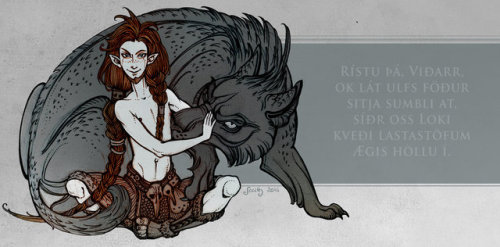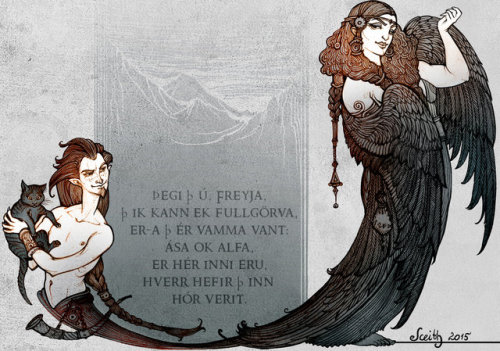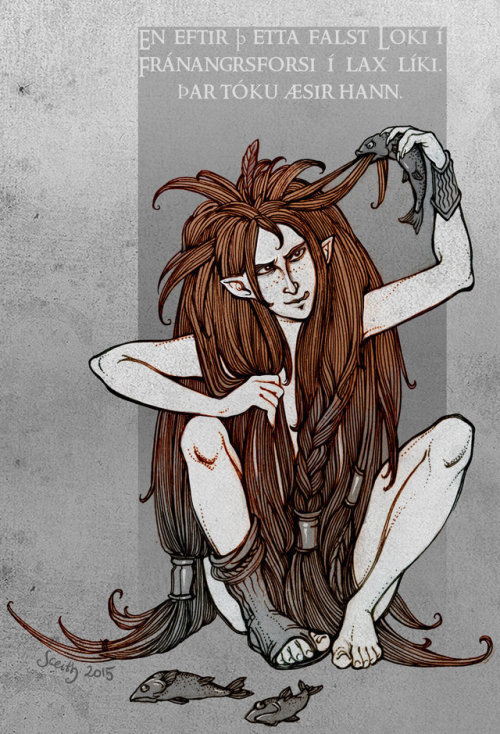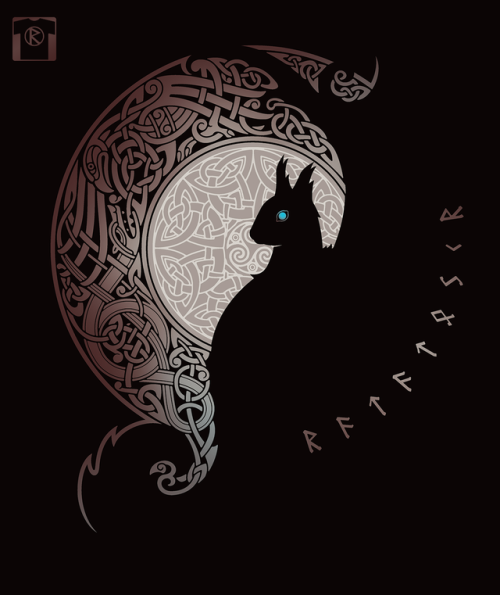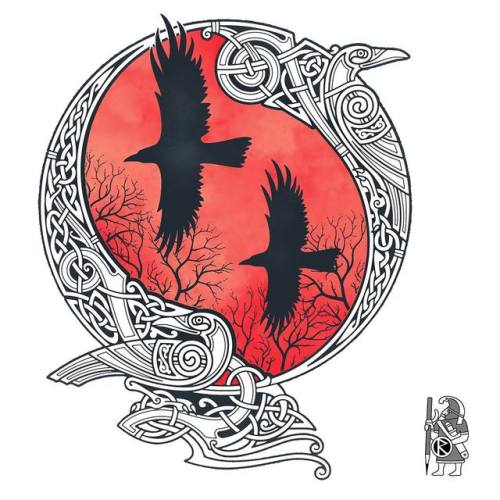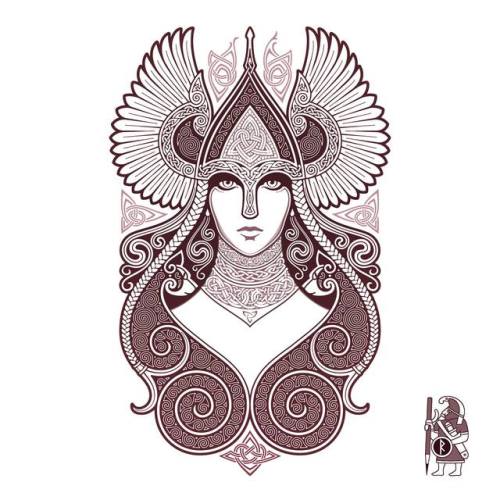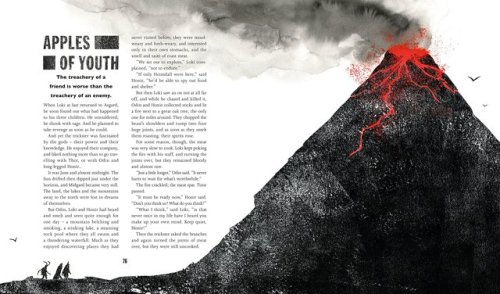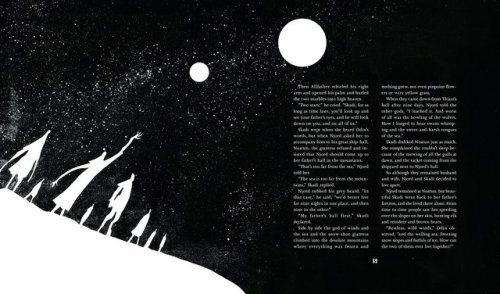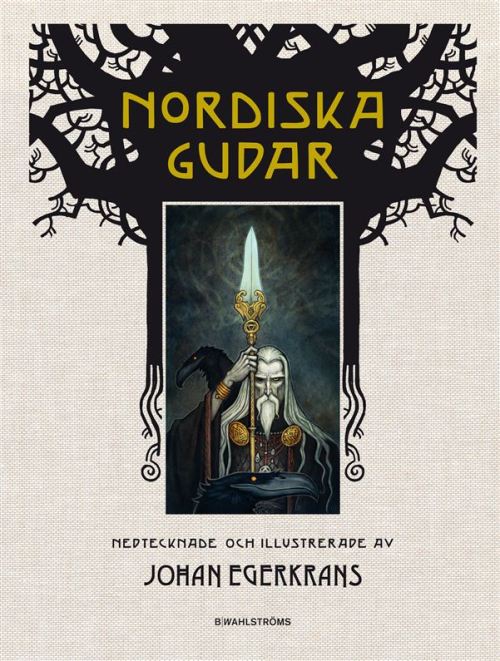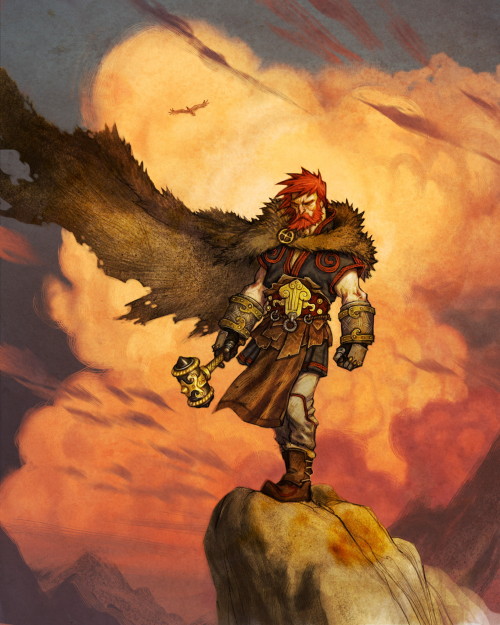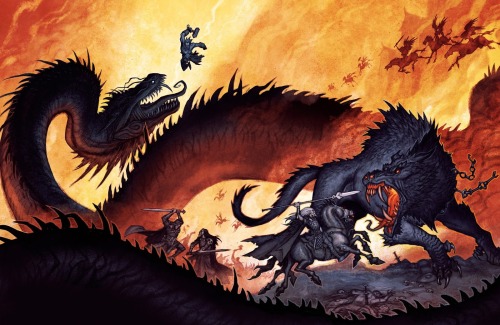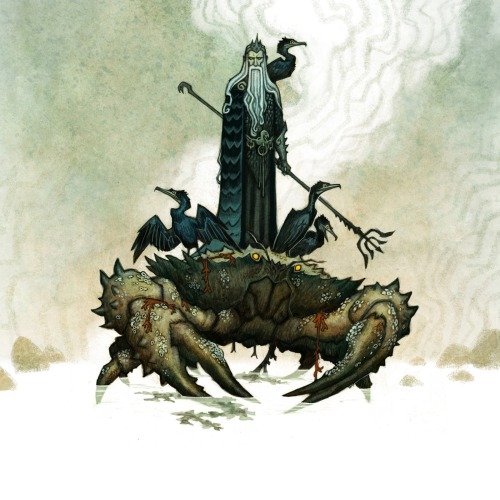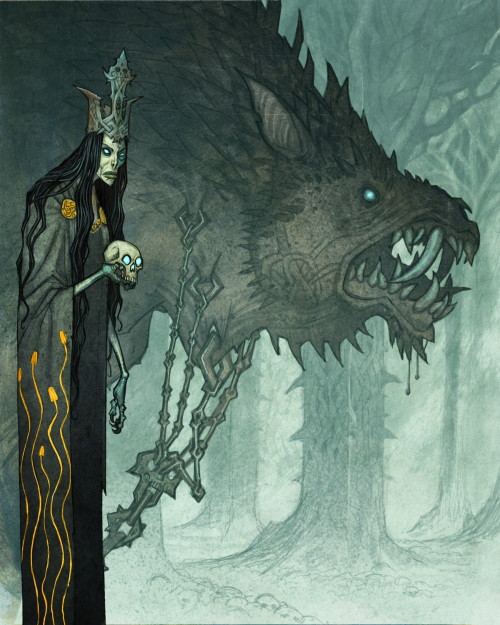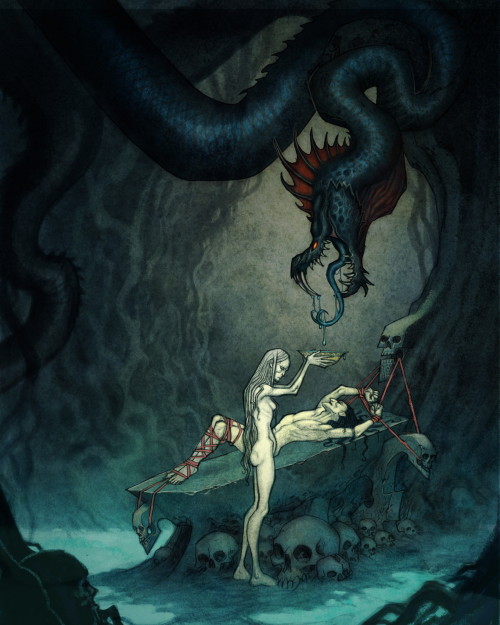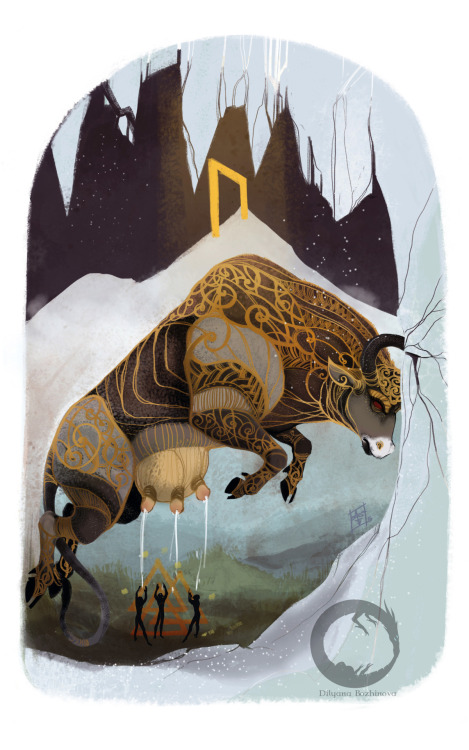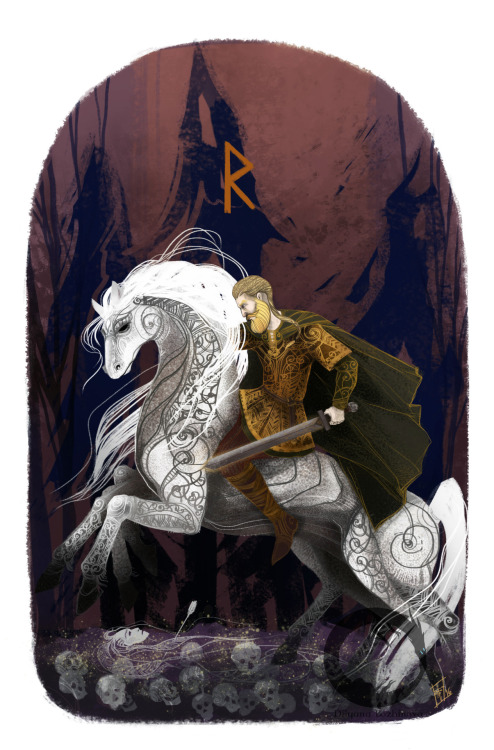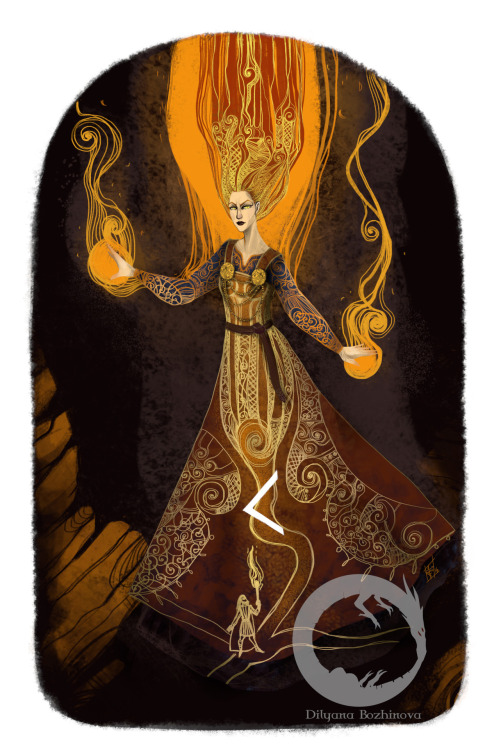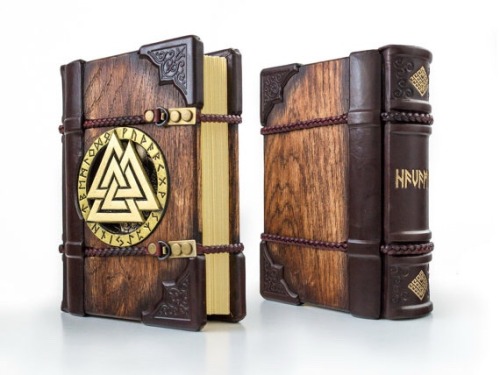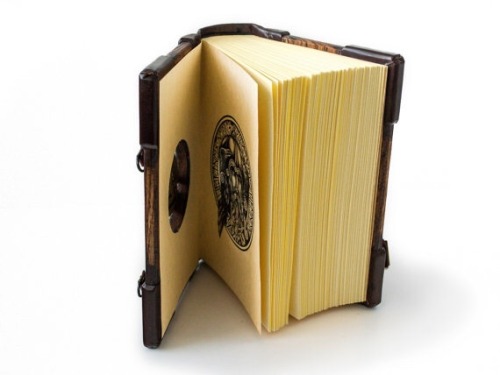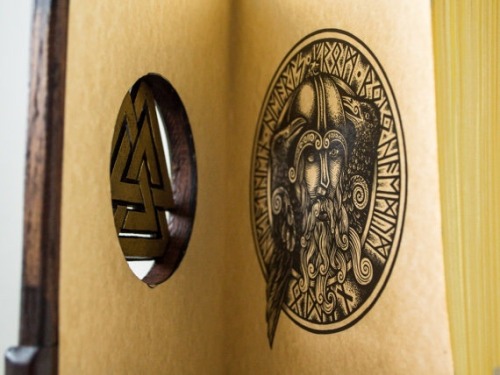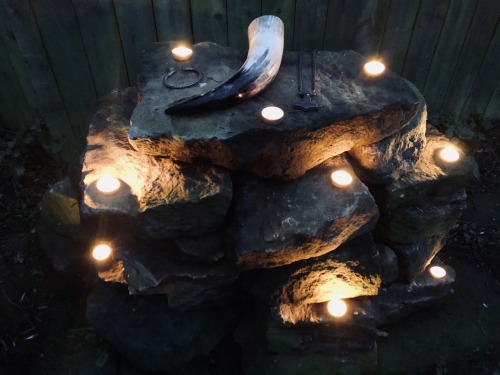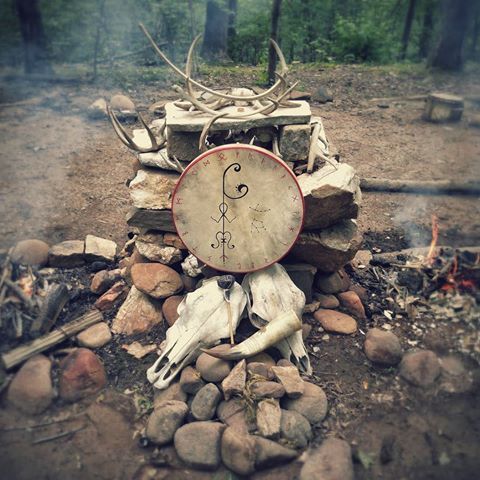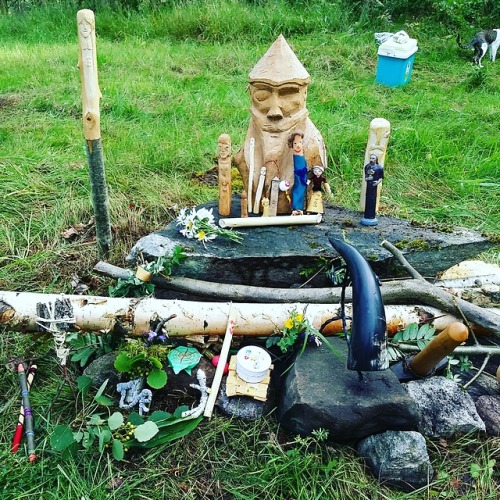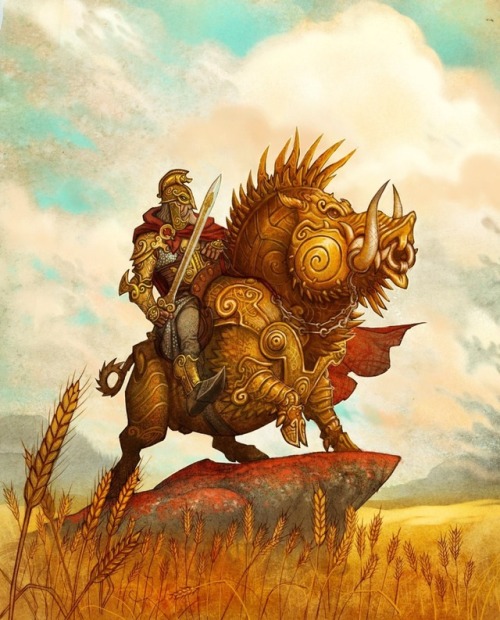#forn siðr
Tonight is the final of the three nights of Jól on the Old Norse lunisolar calendar, and the Midwinter nights start tomorrow. I hope you all have had a great season! Soon begins the process of winding down Jólmánuðr and chasing out Jól for the year.


The Old Icelandic “calendar” relative to the modern Gregorian calendar. I say “calendar” for the Old Icelandic one because it, and the reconstructed Old Norse one that predate it, were lunar based and therefore the dates moved around relative to the lunisolar one that we use, and also because they didn’t really use the concept of numbered years like we do (2020, 2021, 2022, etc).
One of the main changes I often make when using this in an Old Norse context is to change Mörsugr to Jólmánuðr; the latter appears to have been an older name that was replaced by the former, likely as a result of Jól having been moved into Ýlir (or late December on the Gregorian calendar) and given a more fixed date. Given that this change occurred during the later part of the nominal Viking Period it’s not necessarily “wrong” to have Mörsugr there; I just prefer to focus on earlier contexts.
What is clear, though, is the division of the year into Summer and Winter halves, beginning several weeks after the astronomical Spring and Autumn equinoxes, respectively. Here in the PNW I’d say some years this is fairly accurate, while for some others that summer half could definitely be narrowed down a bit.
It has been a while since I have featured more from Sceith-A but it is always a pleasure to showcase her stunning artwork.
From top to bottom:
Sif
“Alone thou wert,
if truly thou wouldst,
All men so shyly shun;
But one do I know, full well, methinks,
Who had thee from Hlorrithi’s arms,
(Loki the crafty in lies.)”
Wolf’s Father
“Stand forth then, Vithar,
and let the wolf’s father,
Find a seat at our feast;
Lest evil should Loki speak aloud,
Here within Ægir’s hall.”
Freyja
“Be silent, Freyja!
for fully I know thee,
Sinless thou art not thyself;
Of the gods and elves
who are gathered here,
Each one as thy lover has lain.”
Skadi
Loki
“And after that Loki hid himself in
Franang’s waterfall in the guise of a salmon,
and there the gods took him.”
Post link
Heathen blot ceremony filmed in Norway, 2012.
Yggdrasil, the World Tree
By Simon E. Davies of Human Odyssey
In the beginning of the Norse cosmos, there existed an eternal Void, known as Ginnungagap. Out of this nothingness sprang Yggdrasil, a huge Ash tree. Its newly emerging branches held two primordial worlds; Niflheim, a world of ice & frost, and Muspellheim, a realm of molten fire.
When a spring erupted from Nifelheim (known as Hvergelmir), it created a river which crossed the void into Muspellheim. Here, the hot air scorched the freezing river creating a new world, known as Jotunheim, land of the giants.
From this bloodline of primordial beings came Odin, Vili and Ve, who despised the father of giants who ruled his people with malice and brutality. When the chance came, the brothers slew the frost giant, and from his body they created Midgard, a world of mortals. Surrounding this realm they placed a great ocean which nourished the roots of the great tree.
Yggdrasil grew ever higher, forming a new realm called Asgard, which is located on the highest branch of the world tree. This was where Odin, king of the Aesir would take his people to settle a new civilisation. It was said this race of gods brought culture and technology to the world of mortals via a great causeway called Bifrost.
Bifrost was a burning rainbow bridge, connecting Midgard (the world of mortals) with Asgard. This colourful overpass emerged from Himinbjörg, a mountain hall guarded over by the ever-vigilant Heimdall. This watchmen of the gods kept an eye on the mortals below, making sure no giants breached their homeland.
As Yggdrasil continued to grow, a new land emerged on one of its branches called Vanaheim. It was a land full of luscious forests and wild meadows. From this primal wilderness emerged a race of gods known as the Vanir. This tribal people lived near the coast, ruled by Njörðr, a seafaring god who loved wealth and magic, a trait common among his people.
A great tension broke out between the Vanir and the Aesir resulting in a long winded war. It eventually ended in a stalemate, so many of the gods sent their families as hostages to the opposing tribe to help bring them closer together. Njörðr’s son, Freyr, was placed in charge of Alfheim, homeland of the Elves. This class of god-like beings were said to be “more beautiful than the sun.”
These elves were also linked to another realm far below the Earth. Legend says a tribe from Alfheim were exiled from their homeland many eons ago, and eventually sought refuge with the dwarves of the underworld. These subterranean beings had build their homes around the roots of Yggdrasil, carving a network of labyrinths, mines and forges for their empire. They called it Niðavellir, and the elves, who skin eventually became black as night, called it Svartalfar.
All the beings of Yggdrasil, mortals, gods, dwarves and elves would eventually die, and their souls were destined for several realms. If the Aesir died valiantly in battle, they would find rest in Valhalla, for all others, Helheim was their inevitable destination. This dark and gloomy abode resided at the tip of Yggdrasil’s deepest root. This afterlife was ruled over by Loki’s daughter Hel, a strange being who was half black and half flesh-coloured, characterised by a gloomy, downcast appearance.
There are a number of sacred creatures which live within Yggdrasil. this includes the monstrous wyrm Níðhöggr who gnaws at the roots of Nifelheim, weakening the great tree of Yggdrasil. This frost dragon was also known for eating the corpses of the Nifelheim when found guilty of murder, adultery and oath-breaking.
Atop the highest branches of the world tree is perched a great eagle and his hawk companion Vedrfolnir, who sits between his eyes. The two stare deep into the Norse cosmos, perhaps representing insight and awareness.
Ratatosk is a squirrel who runs up and down the world tree to carry messages between the unnamed eagle and Níðhöggr the wyrm. This mischievous critter is said to stir trouble between the all knowing eagle and the world hungry dragon.
Among the branches of the Great Ash tree live four stags known as Dáinn, Dvalinn, Duneyrr and Duraþrór. These ravenous beasts eat the branches of the World Tree, perhaps representing the four seasons. When they eat too much, winter ensues, when they are full, the leaves grow thick and lush in the midst of summer.
Perhaps the most important guardians of Yggdrasil are the three Norns (witches) who lives at the well Urd (below Midgard). Their names are Urd “past”, Verdani “present” and Skuld “future”. These three hags are the goddesses of fate, who spend most their time spinning the threads of life, deciding the fate of every human, animal and god. Every day the Norns will also carry water from Urd’s well, and pour it over Yggdrasil. The water from the well is of vital importance to keep the tree green and healthy.
It is the Norns who foretold Ragnarok, the twilight of the Gods and the fall of Yggdrasil. It is said that Ragnarok will begin when the wolf, Fenrir, son of Loki, breaks free of his imprisonment. This will lead to a chain reaction of events including the Midgard snake Jormungandr rising from the sea and a wolf (known as Skoll) devouring the sun, and his brother Hati, eating the moon, plunging the earth into darkness. The stars will vanish from the sky.
Everything will come to a head in a huge battle that draws in all the races of the nine worlds. It will conclude with Surter, king of the fire giants, setting fire to the great Yggdrasil. The nine worlds will burn, and friends and foes alike will perish, culminating with the earth sinking deep into the abyss of the sea.
Post link
NORDISKA GUDAR (NORSE GODS)
Johan Egerkrans (the Swedish artist who created Nordiska Väsen) has recently released his newest book entitled Nordiska Gudar (meaning “Norse Gods”) and it is exceptional! Please enjoy some of the artwork from within.
Post link
Hræsvelgr
“Hræsvelgr he is called,
who at the end of heaven sits,
a Jötun in an eagle´s plumage:
from his wings comes,
it is said, the wind,
that over all men passes.”
- Vafþrúðnismál
Photograph by Grete Øiamo
Post link




Kulturhistorisk museum in Oslo hosted an exhibit named “Fabulous Animals”, exploring the connection between humans and animals in the period from the Iron Age to the Viking Age, through archaeological finds.






I hope you will enjoy some photographs of some of the exhibits.
Til års og fred

Whispers Of Yggdrasil
Robin Hoods Bay, England (5/2/21)
St. Olav - An Echo Of Thor?
A red bearded warrior, hunting trolls with his axe on his travels does not require us to make a huge leap of imagination in order to note similarities with the norse god Thor. However, there is far more to the comparison that St. Olav may have been used to reimagine pre-Christian beliefs surrounding Thor if we look a little deeper…
Following Christianisation in Northern Europe, many Scandinavians kept their heathen beliefs alive through syncretism with Christianity. A strong case can be made for this practice being evident with the Catholic saint and former king of Norway, Olav Haraldsson, celebrated each year on 29th July.
In Scandinavia, from long ago through until more recent times, St. Olav’s day was the day when the people would pray for thunder (named directly from Thor) and (as they referred to it) “the rain of the Æser” to prepare the crop for harvest, which they so eagerly awaited to come to fruition at this time of year.
St. Olav, like Thor, could control trolls and giants, according to legend. When he travelled around Norway on his Christening mission, the trolls often tried to block the way for him. He then used his power to turn them to stone, as if he was the sun, using a cross instead of Thor’s hammer, mjølner
One story, from the area of Ringerike, tells us that when St. Olav tried to pass a place called Krokkleiva, an angry giantess jumped out of the mountainside and said:
“Saint Olaf with the red beard, you are riding too close to my cellar wall!”
But St. Olaf replied:
“Stand you there in wood and stone until I return!”
Whereupon the giantess was turned into stone.
Similar stories are told about various landscape features throughout Norway. People also saw other traces of St. Olaf in the landscape, such as footprints of his horse. A stone in Setesdal is said to be his chair, two rocks near Stiklestad are his bowl and cup, etc…
Another famous landmark is The Well Of St. Olav at Karmøy:
“The legend claims that King Olaf was followed by enemies through the strait Karmsund. He sailed his ship to the western side of the island. From here the King and his men started to drag the ship over land from Torvastad to Vikingstad.The hard work made them thirsty and the King stabbed his clenched fist in the rock. Immediately it came roaring up clear water so everyone could drink.”
Most interesting about St. Olav’s Well is that it is located in Torvastad and just a few hundred meters to the west we find Hovland. As the name suggests, it was likely to have been a pagan hov (temple). We know that water played a major role in Norse mythology, and perhaps the water in St. Olav’s well also had a sacred function in Pre-Christian times.
In Viking times, before the conversion to Christianity (and after it, too), people in Norway believed in different supernatural beings living in the landscape. Landscape features could also be made by them, such as mountains being petrified trolls, or a ravine being the axe blow of a giant. With these stories about St. Olav, this way of thinking and explaining the landscape takes on a Christian mask, yet it is still fundamentally a continuation of traditional beliefs.
Post link
Thunderstones

A Scandinavian/Nordic folk belief pre-dating the Viking Age, a tordenstein (in Norwegian), known as a ‘thunderstone’ in English and ‘dynestein’ in Old Norse, refer to recovered Stone Age flint axes/tools (usually dug up from the earth after many years beneath the surface) used as talismans, protective amulets and sacred objects in heathenry.
Believed to have been hurled to earth by Thor, within lightning bolts during thunderstorms, as weapons to destroy trolls, alver (elves) and other malevolent vetter (mystical or spirit creatures), to protect the world from chaotic forces.
This ancient tradition is one of the longest continuously running and most widely spread customs in human history, practiced for many thousands of years across many cultures, in various different ways.

When thunderstones were first excavated from Viking Age graves, they were initially dismissed as accidental additions because they were dated as much as 5000 years before the burial. As more evidence emerged and more examples were excavated (including one in an untouched, sealed stone coffin), it was soon understood that these thunderstones held significant importance. Some unearthed examples were even carried to Iceland all the way from Norway by treacherous sea voyage! It is believed that they protected houses and people, along with protecting the hamingja (”luck”).


To the Vikings, there were three essential properties for a thunderstone, according to Olle Hemdorff, an archeologist from the University Of Stavanger, Norway and expert on the topic:
“The form had to be similar to an ax or a hammer—that is, a ground stone or flint. The stone had to have ‘flaming’ properties, which flint and quartz have. And all the stones were damaged with the edge chipped off—'proof’ that they fell from the sky.”
In Scandinavian folklore, thunderstones are seen as potent magical artefacts and anyone lucky enough to dig one up possesses a very powerful charm. Often worshipped as famial or ancestral deities/powers, they are said to protect against spells and witchcraft, if kept on the person.
Similarly, if placed within the wall of a home, they will bring good luck, prevent lightning from striking and protect against bad magic.
When used within a sacrificial blot ceremony, the thunderstone would be venerated with an offering of beer, poured over the stone, or anointed with butter.
Photographs:
- My own tordenstein.
- Lightning shower (CNN, 2014).
- Artistic recreation of Viking Age woman with tordenstein in excavated in Kongshaugen, Norway.
- Photograph of the Stone Age greenstone axehead and grave goods found buried with the Viking Age woman (as above)
Vinternettene - Winternights
October 14th
It is customary that every year at sundown on 14th October, heathens will celebrate vinternettene (winternights), also known as høstblot (autumn blot), vinterdag (winter day) or vinternatt (winter night).
14th October was the day that Scandinavians would turn over their primstav to mark the beginning of the winter half of the year and welcome the cold weather returning, a tradition that pre-dates Christianity in Scandinavia. Marked with the symbol of a mitten (as it was customary to knit new mittens for the coming cold weather), it is also said that the weather on vinternettene will be a signal of the weather for the coming winter.
The sacrificial blot accompanying this was usually dedicated to Frøy (Freyr), alver (elves) and the diser (disir). Asking that Frøy will return swiftly to sow the seeds of rebirth and that we make it safely through the coming cold and snow.
Til års og fred!
Post link
Horg
“þeir er hǫrg ok hof hátimbroðo”
“Shrines and temples they timbered high”
- Völuspá
A horg (Old Norse “hǫrgr”) is a sacrificial site or a form of altar in pre-Christian times in the Nordic countries and which roughly refers to a "stone pile".
In the poem Hyndluljóð, the goddess Frøya (Freyja) speaks favorably of Ottar (Óttar) for having worshiped her so faithfully by using a horg. Frøya details that the horg is constructed of a heap of stones and that Ottar often reddened these stones with sacrificial blood in dedication to her. Snorre Sturlason states that the horg is used in the veneration of the Åsynjene (female gods).
In the poem Vafþrúðnismál, it is also stated that many a horg and hov were dedicated to Njord (Njörðr).
A horg is considered different to a hov (from the Old Norse hof), commonly called a “temple”. A rough simplification is that horg were for outdoor rituals and hov for indoors worship.
Many modern day heathens within Scandinavia continue to use a stone set as a focal point for rituals conducted outdoors to this day.
Post link
Vintersolverv
The shortest day, the longest night,
Sol is in absence,
The longest moon, the shortest light,
Måne rules this sky,
Darkness envelops a world less bright,
Just as the embers of the midwinter fire,
Until the sun rises, they must stay alight,
The knowledge that days grow longer now,
Hope grows stronger now,
And warmth supports survival,
As Frøy returns on his golden steed,
To sow the seed of life,
For one more year, give thanks,
Sol is reborn.
Poem:@hedendom
Artwork: Johan Egerkrans
Post link


